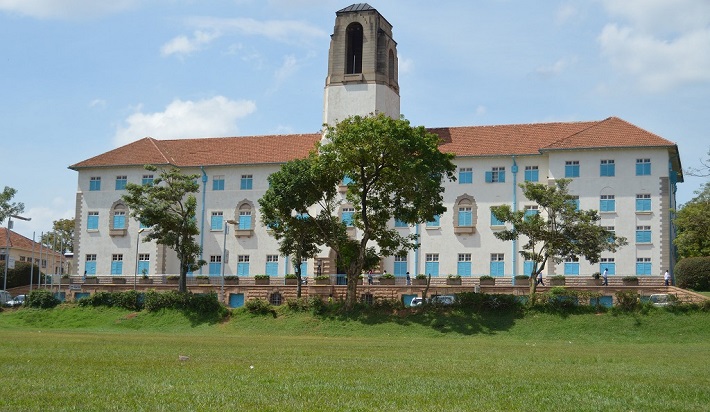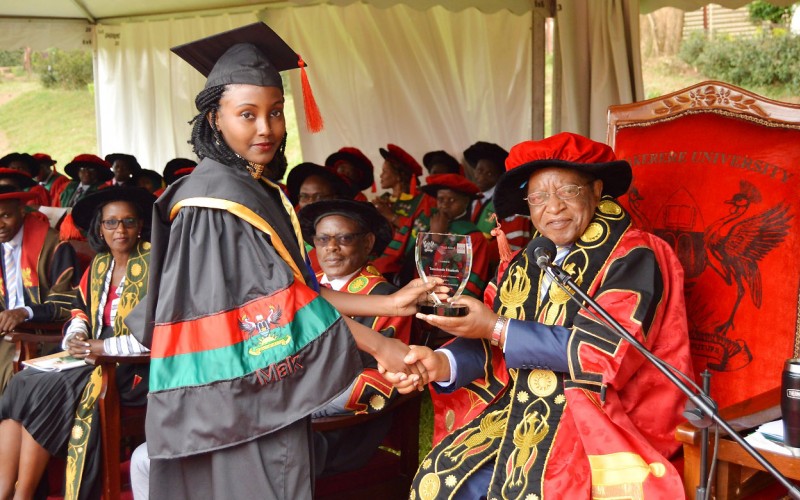Makerere University will next week open its gates to all students after two years of staggered learning. The continuing students will be expected to report physically on Monday and will join first-year students who have been at the campus for a month.
Following a Senate meeting held on Friday last week, Alfred Masikye Namoah the university academic registrar noted that a revised calendar to guide full reopening had been approved.
“Please note that from 12 March 2022 all students first years, continuing and graduate will be physically present at the University under BLENDED LEARNING (PHYSICAL AND ONLINE)”, read part of the letter.
Unlike other universities including Kyambogo, Uganda Christian University, Ndejje, and Kampala International University that opened for all learners in January, Makerere maintained the staggered mode of learning.
The staggered learning sparked protests from students led by Shamim Nambassa the Guild President, who argued that it was a burden to learners with costs that come with online studying in a fully open economy.
According to the circular from the academic registrar, both physical and online learning will be used as per the lecturer’s discretion.
Nelson Ssewanyana, a student says that they have opted to continue with online lectures for theory and only have physical for practical.
“For us, we have told our lecturers we only want zoom lectures, so according to the lecturer’s discretion, they are at liberty because of the blended model. We only appear physically for practical,” Ssewanyana said.
Patricia Nanyunja, a student from the College of Humanities and Social Sciences said that the blended mode of learning will make it convenient for her to manage costs of data since she will be using the university WIFI because she will be physically present at the campus.
Mary Lorelo in her second year says that the blended mode of learning will be a solution since she will have physical interaction with the lecturer at will.
Last month, the University management adopted the blended mode of learning which will enable a gradual transition to digitized learning.
-URN





